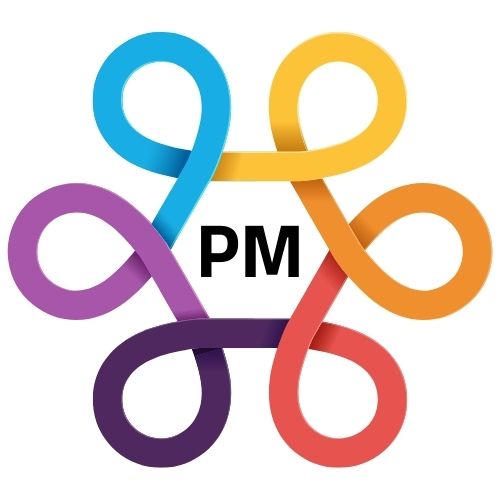Advanced Techniques for Semantic SEO

Advanced Techniques for Semantic SEO...
The evolution of search engines has shifted the focus from simple keyword matching to understanding the meaning and context behind search queries. This is where Semantic SEO comes into play. It's about optimizing your content to align with the way search engines understand language and the relationships between entities. To stay ahead in 2025 and beyond, mastering advanced semantic SEO techniques is crucial.
1. Entity Optimization and Knowledge Graphs:
Understanding Entities:
- Entities are real-world objects, concepts, or events that search engines recognize and understand. They are the "things" within your content.
- Identify the core entities related to your niche and create content that establishes their relationships.
Leveraging Knowledge Graphs:
- Knowledge graphs are databases that store information about entities and their relationships.
- Use structured data (schema markup) to explicitly define entities and their attributes, helping search engines understand your content within the context of knowledge graphs.
- Utilizing tools to discover and understand how entities are connected will be a key skill.
Entity Salience:
- Ensure the most important entities on your page are clearly defined, and have the most supporting content around them.
2. Contextual Relevance and Natural Language Processing (NLP):
Semantic Clustering:
- Group related keywords and concepts into semantic clusters to create comprehensive content that covers all aspects of a topic.
- This approach goes beyond targeting individual keywords and focuses on providing in-depth information.
Contextual Linking:
- Use internal and external links to establish contextual relationships between your content and other relevant resources.
- Ensure anchor text is descriptive and provides context about the linked page.
NLP for Content Optimization:
- Employ NLP tools to analyze your content for semantic relevance, sentiment, and intent.
- Use these insights to refine your content and ensure it aligns with the way search engines understand language.
- Analyzing the co-occurrence of words and phrases will be vital.
3. Intent Matching and User Journey Optimization:
Micro-Moments and Intent:
- Understand the micro-moments that drive user searches and create content that addresses each stage of the user journey.
- Tailor your content to specific intents, such as informational, navigational, transactional, and commercial.
Conversational Search Optimization:
- Optimize your content for conversational queries by using natural language and answering common questions directly.
- Focus on long-tail keywords and question-based queries.
Personalized Content:
- Utilize first party data, to create personalized content experiences.
- Tailor content and offers to individual user preferences and search history.
4. Structured Data and Schema Markup Mastery:
Advanced Schema Types:
- Go beyond basic schema types and implement advanced schema markup, such as Speakable, HowTo, and QAPage.
- This can enhance your rich snippets and improve your visibility in search results.
Schema Validation:
- Regularly validate your schema markup to ensure it's accurate and error-free.
- Use tools like Google's Rich Results Test to identify and fix any issues.
Entity Linking within Schema:
- Use schema to define relationships between entities within your content.
- This provides search engines with a deeper understanding of your content's context.
5. Content Graph Development:
Creating Topic Clusters:
- Develop topic clusters by creating hub pages that link to related pillar content.
- This helps search engines understand the relationships between your content and establish your authority on a topic.
Building a Content Ontology:
- Create a content ontology that defines the relationships between your content and the entities it discusses.
- This helps search engines understand the semantic context of your content.
Visualizing Content Relationships:
- Use tools to visualize the relationships between your content, and the related entities.
- This will allow for a deeper understanding of content relationships.
Key Takeaways:
- Semantic SEO focuses on understanding the meaning and context of search queries.
- Entity optimization and knowledge graphs are crucial for establishing contextual relevance.
- NLP and contextual linking enhance content relevance and user experience.
- Intent matching and user journey optimization improve search satisfaction.
- Advanced schema markup and content graph development provide deeper semantic understanding.
- The use of AI tools to aid in entity recognition, and relationship discovery will be vital.
By implementing these advanced semantic SEO techniques, you can create content that not only ranks well in search results but also provides a valuable and engaging experience for your audience.
